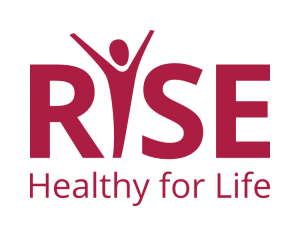Cardea provides multi-day Training of the Trainer (TOT) workshops to support participants in the delivery of foundations training and curricula training designs. Training of Trainers (TOT) workshops build the capacity and skills needed to replicate our successful training designs.
Additional TOT training can be customized to support staff in effective facilitation skills, classroom management, parent engagement, and district-level technical assistance strategies.



